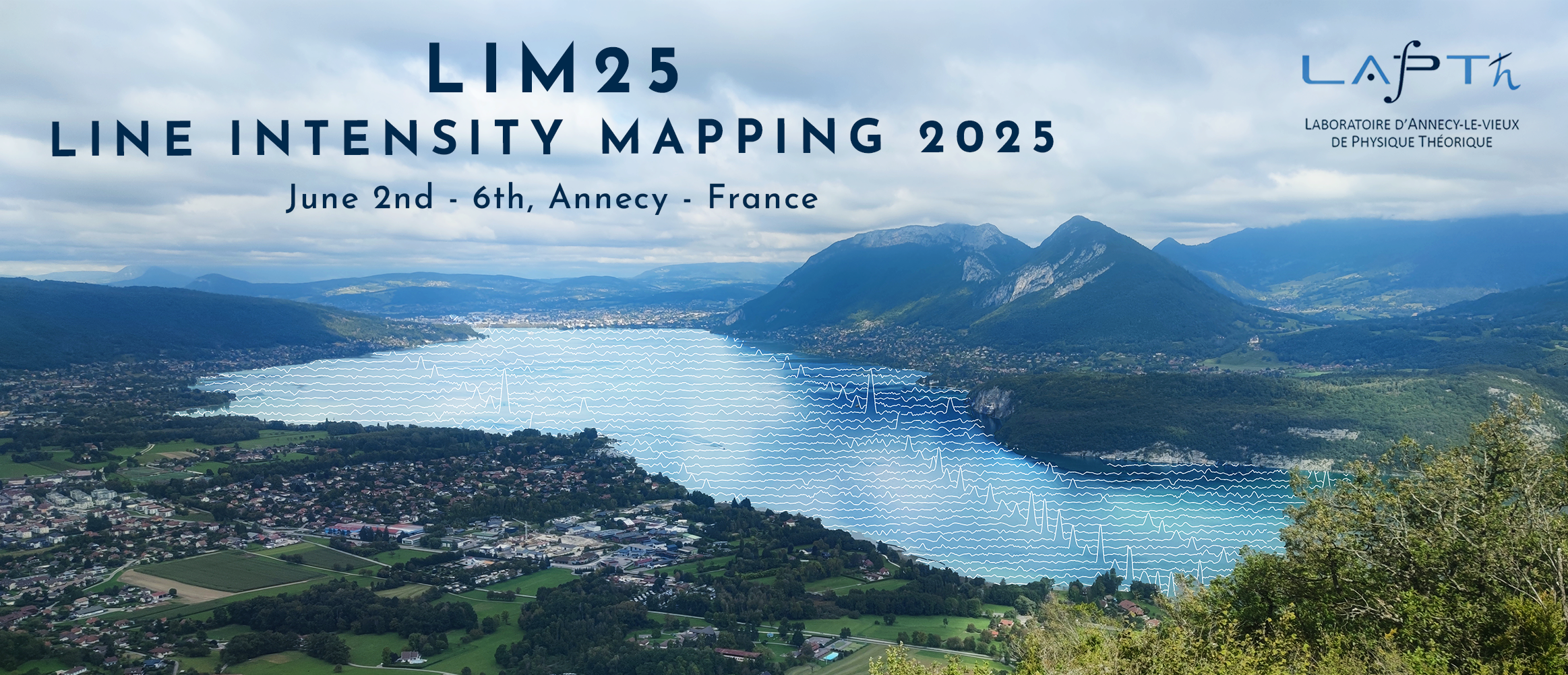Orateur
Description
Understanding the cold/molecular gas content of galaxies requires modelling processes spanning a wide range of spatial and time scales—from cosmic accretion to interstellar chemistry. We present results from the MARIGOLD simulations, which incorporate our new sub-grid model HYACINTH (Hydrogen and Carbon chemistry in the Interstellar medium in Hydro simulations) into the RAMSES code. HYACINTH enables on-the-fly tracking of H₂, CO, C, and C⁺ in large-scale cosmological simulations. Our results match current constraints on the cosmic H₂ density and highlight a significant contribution from low-mass galaxies that may be missed by current observations. We also explore the [C II] fine-structure line as a molecular gas tracer, finding that its correlation with molecular gas strengthens over time. In the context of line-intensity mapping, we extract the halo occupation properties of [C II] emitters in our simulations to inform models of large-scale [C II] fluctuations. These findings demonstrate the value of simulations in interpreting observations and uncovering the cold/molecular gas reservoir that fuels star formation across cosmic time.

